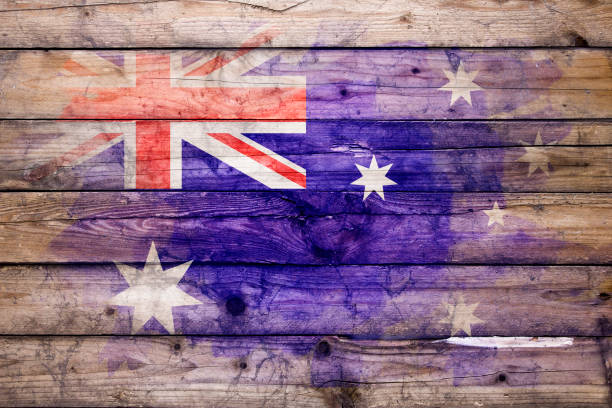
When Coles and Woolies both announce they’ll be carbon neutral before 2030, you know that climate change has mainstreamed. As leaders return from a a global thinktank on climate change in Glasgow, many businesses in Australia are not waiting for formal targets to be agreed. Rather, they’re racing to gain favour with consumers by pledging to reduce emissions. Expect to see more of this as sentiment shifts from ‘this greenhouse thing could be a problem’ to ‘Sheesh, we really need to sort this mess’.

In an age of greenwashing, it’s tempting to be cynical about the actions of some brand custodians as the race for environmental purity gathers pace. Let’s face it, the desire to link a sense of green cadence to a brand is high, given the now indisputable scientific evidence that a) the planet really is warming and b) us humans might – actually – have something to do with it. And, of course, when a brand’s actions don’t align with its commitment to its purported cause, the road to redemption gets bumpy. Anyone remember ‘diesel-gate’ and a brand combining the letters V and W? Be careful of what you promise your customer as this can backfire on your brand as Germany’s largest automobile manufacturer found out back in 2015.
Meanwhile in Australia, the push towards ‘going green’ has accelerated over the last couple of years. Victoria Bitter surprised punters in 2019 by announcing all electricity the brand sourced, to brew the venerable drop, would be derived from solar energy. For a brand that has traditionally aligned itself with blue-collar males performing heavy duty tasks like digging coal out of the ground and mustering methane-belching cattle, this was an unexpected dimension. The decision to take a positive stance on the issue by VB’s marketing team also bares testimony to a community that has become more concerned by the rise of the earth’s average temperature. Similarly, it demonstrates how brands are adapting their messaging to encompass a commitment to stop trashing the environment. No longer is this the domain of the ‘or’. Rather, successful brands are now making it an ‘and’.

Perhaps the greatest shift, though, in acceptance of the dangers associated with a warming planet can be seen across News Corp stable of Australian tabloids. In the build-up to Glasgow, The Daily Telegraph, Herald Sun and Courier Mail all changed their tone, succumbing to climate change no longer being the punching-bag of conservative commentators and columnists, but something that is real and worthy of addressing.
Intriguingly, we’re seeing a shift in action when it comes to lower emissions. Could it be that brand custodians are going where policy makers won’t? Demonstrable reform by the government in this country has been in short supply in recent times. Although, this is feeling less like partisan politics and more about regional divisions. For both of Australia’s major political parties the optics of getting to net-zero are largely determined by the make-up of voters in the given electorate. We saw this play out in the 2019 federal election. In many parts of Queensland the shift to net zero is perceived as the pathway to higher unemployment owing to anticipated job losses as coal mines and older-style electricity generators close down. Neither side has got the messaging right, hence the country having churned through seven prime ministers in the last fourteen years.
Meanwhile, savvy marketers are realising the importance of aligning their respective brands with a salient purpose. Think Volvo. Here’s a brand that is shifting from individual responsibility ( Driver Safety ) to collective accountability ( Saving the planet ). Volvo’s shift in ‘personal’ to ‘community’ purpose is a useful demonstration of how zero emissions doesn’t have to mean a complete rethink of one’s brand. Volvo has always been about safety. It’s just that safety is now expanding from the inhabitants of the car to the inhabitants of the earth.

Likewise, we’re seeing a subtle move away from aspiration. Many brands are placing greater emphasis on purpose – think Patagonia – and less focus on aspiration. When Rolls Royce released its updated edition of the Phantom in 2003, the company proudly drew attention from potential owners of the marque to a specific feature of the luxury limo’s interior. Namely, that the hides of 17 cows were required for the leather casing within each and every Phantom that glided out of its workshops at Goodwood. Given what consumers are now learning about cattle and methane emissions, it’s unlikely such an approach would be adopted today.

The tipping point on consumer sentiment and reducing our carbon footprint kicked in following the devastation brought about by the ‘Black Summer’ fires of 2020. For the companies that can steer clear of greenwashing and unsubstantiated claims, the future is clear.

Incorporating a collective intent to reduce damaging the environment into a brand’s purpose will augur well with a younger demographic. It will also become more salient to a broader customer base that are looking to well known brands to help them reduce their emissions and do the right thing for the planet.
Nick Foley is the director of Intangify




